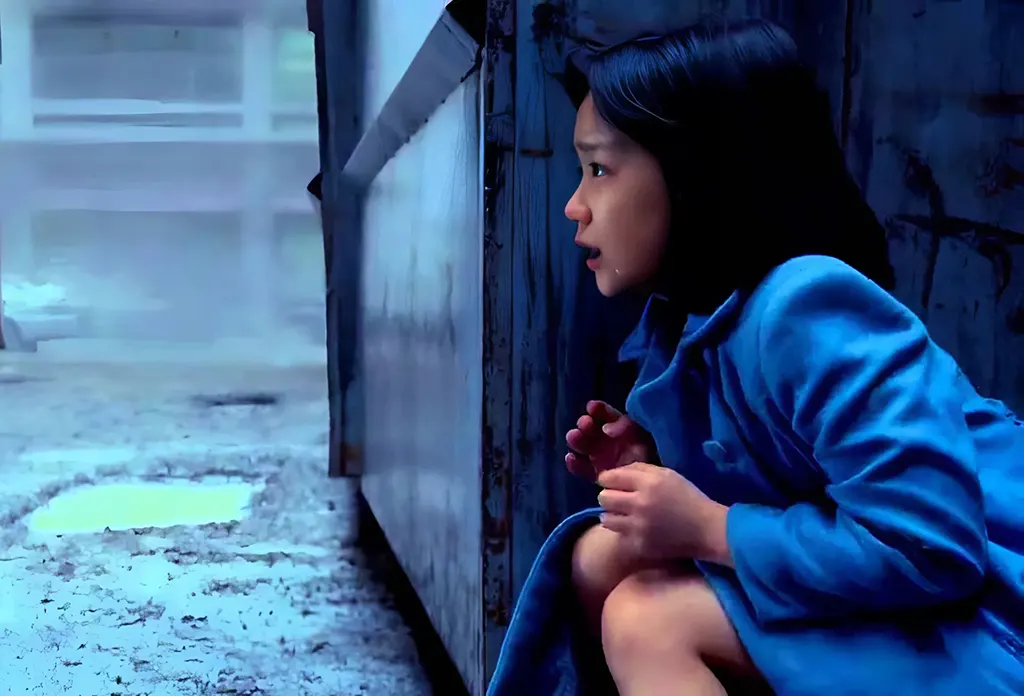A six-year-old girl sits still, eyes blank, tears falling without a sound. No background music. No dialogue. No one holds her. That scene in Mother (2010) had all of Japan holding its breath. And the actress? Mana Ashida—just a first-grader.
The media and audiences were shook. Grown-ups sobbed, critics raved, and talk shows crowned her an “emotional prodigy.” But the more you think about it, the more it creeps you out: why can a kid portray pain so deeply—and why is Japanese cinema so hooked on this “suffering kid” vibe?

Ashida Mana didn’t just do Mother. In Ashita, Mama ga Inai, her character’s stripped of a name, just a number in an orphanage. In Beautiful Rain, she’s stuck with a dad losing his memory. In The Great Yokai War: Guardians, an older Mana plays a girl dragged into a deadly demon world, full of trauma and loneliness. None of these films give her a shot at a normal, happy kid life. Every role’s got tears, silence, and eyes that carry grown-up sorrow.
Kids in Japanese films—especially the “serious” ones gunning for awards—aren’t just characters. They’re symbols. They stand for what’s lost: innocence, trust, family, comfort. To make adults feel that loss, the kid’s gotta hurt. Gotta cry. Gotta be abandoned, beaten, forgotten, forced to grow up in silence.
That’s how Japanese cinema pulls off catharsis—emotional release. Adults watch a kid break down and start bawling. They feel touched. But here’s the kicker: they’re probably crying for themselves, through a kid’s body. A suffering adult gets judged; a suffering kid? That’s pure, no shade thrown. Adults can let it all out without looking weak.
Flip it around: in a graying society like Japan, where kids are rare and school and family pile on pressure, kids become vessels for collective hopes and guilt. On screen, they carry the weight of everyone’s pain. Off screen, it’s not always that different.
Mana Ashida’s the poster child for this. People stan her for being “mature,” “scandal-free,” “squeaky clean.” But that’s the trap—she’s never allowed to mess up, to act like a regular teen. She grew up as a symbol, a moral icon built from childhood roles steeped in pain.
Some say it’s the cost of early fame. But dig deeper: it’s the cost of a culture too comfy turning kids’ pain into an “artistic flex.” No one’s denying Mana’s talent. But when a six-year-old’s gotta learn to play grief—losing a mom, a home, her self—should we be hyping her up or feeling uneasy?
Japanese cinema’s got heart, no doubt. It’s smart, subtle, layered with metaphors. But it’s gotta check itself: is this “suffering kid” trope just mirroring society, or has it become a cheap shot at yanking heartstrings?
Mana Ashida once said: “Each role is a ticket to another life.” The real question is: how many of those tickets led to a life with joy?